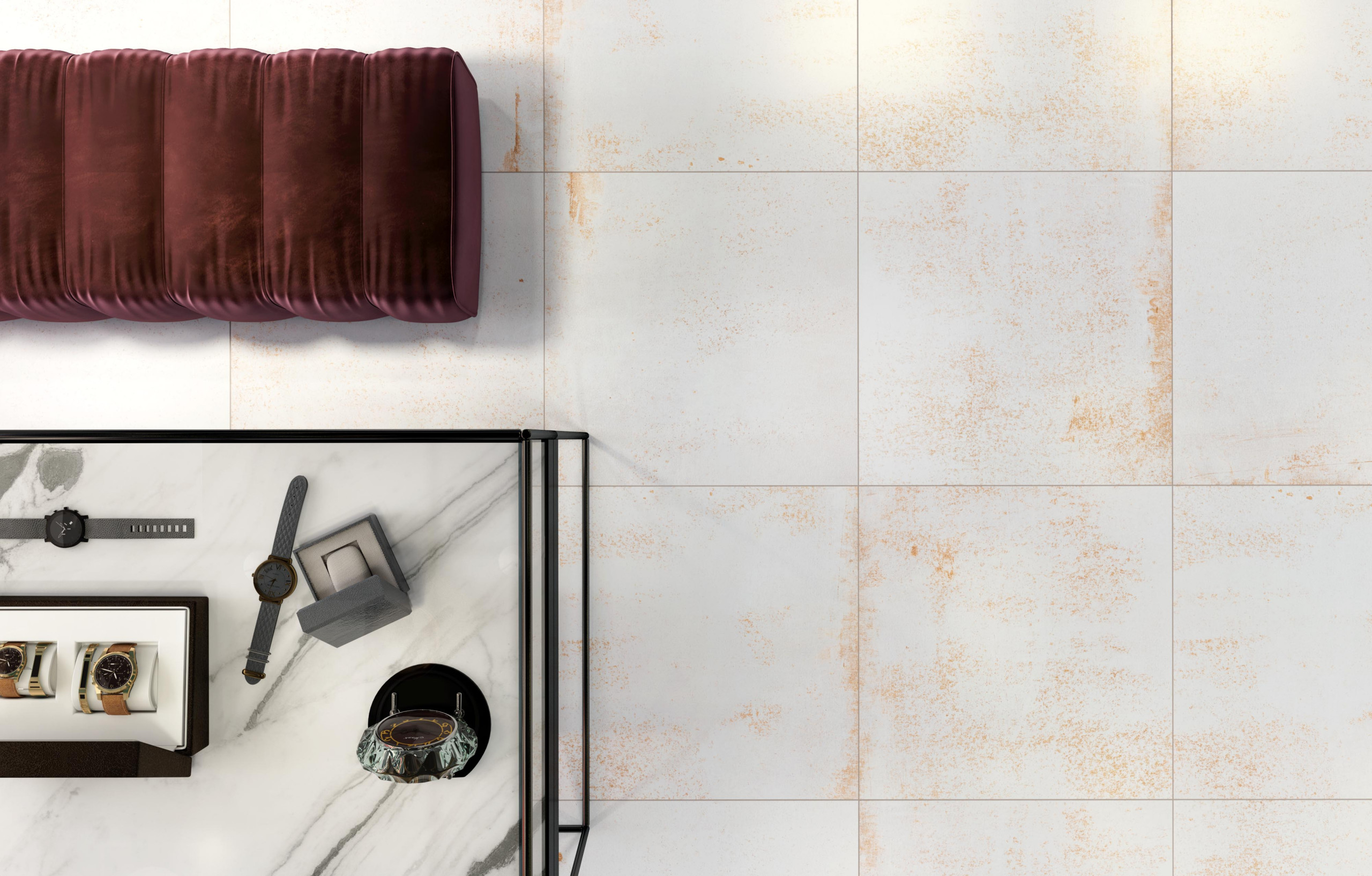The Flooring Face-off: How Porcelain Floor Tiles Compare

When it comes to flooring options, there is a wide array of choices available in the market. Each type of flooring has its own set of pros and cons, making the decision-making process challenging. In this blog post, we will focus on porcelain floor tiles and compare them with other popular flooring options. By understanding the advantages and disadvantages of each, you can make an informed decision that suits your needs and preferences.
- Porcelain Floor Tiles:
- Porcelain floor tiles are made from a dense and durable form of ceramic clay. They are known for their strength and water resistance, making them an excellent choice for various areas of the home. Here are some pros and cons of porcelain floor tiles:
Pros:
a. Durability: Porcelain tiles are highly durable and resistant to scratches, stains, and wear. They can withstand heavy foot traffic and are suitable for both residential and commercial use.
b. Water Resistance: Porcelain tiles have a low water absorption rate, making them ideal for moisture-prone areas like bathrooms, kitchens, wet rooms and basements.
c. Design Options: Porcelain tiles come in a wide range of colours, patterns, and textures, offering endless design possibilities. They can mimic the appearance of natural stone or wood, providing a versatile aesthetic.
d. Easy Maintenance: Porcelain tiles are relatively easy to clean and maintain. They require regular sweeping or vacuuming and occasional mopping with a mild detergent.
Cons:
a. Installation: Porcelain tiles can be challenging to install, especially for DIY projects. Professional installation is recommended to ensure proper alignment and grouting.
b. Cold Underfoot: Porcelain tiles tend to feel cold underfoot, especially in cooler climates. Using area rugs or underfloor heating systems can help mitigate this issue as they are great in retaining heat.
c. Cost: Porcelain tiles can be more expensive compared to some other flooring options, particularly if you opt for high-end designs or custom patterns. However, their durability and longevity can make them a cost-effective investment in the long run.
- Hardwood Flooring:
- Hardwood flooring exudes a classic and timeless appeal. It is made from natural wood and brings warmth and character to any space. Here are the pros and cons of hardwood flooring:
Pros:
a. Aesthetics: Hardwood floors offer a natural and elegant look that complements various interior styles. The beauty of wood grain adds a touch of sophistication to any room.
b. Longevity: With proper care and maintenance, hardwood floors can last for decades. They can be sanded and refinished to remove scratches and extend their lifespan.
c. Value: Hardwood floors are highly sought after and can increase the value of your home. They are considered a premium flooring option and can be attractive to potential buyers.
Cons:
a. Vulnerability to Moisture: Hardwood floors are sensitive to moisture and are not recommended for wet areas like bathrooms or basements. Spills should be cleaned promptly to prevent damage.
b. Scratches and Dents: Despite their durability, hardwood floors are susceptible to scratches, dents, and wear over time. High heels, pet claws, or heavy furniture can leave marks on the surface.
c. Cost and Installation: Hardwood flooring can be expensive, especially if you choose high-quality wood. Additionally, professional installation is often necessary, adding to the overall cost.
- Laminate Flooring:
- Laminate flooring is a synthetic product that replicates the look of hardwood or stone. It is a cost-effective alternative to natural materials. Here are the pros and cons of laminate flooring:
Pros:
a. Affordability: Laminate flooring is typically more budget-friendly compared to hardwood or porcelain tiles. It offers a cost-effective solution while mimicking the appearance of natural materials.
b. Easy Installation: Laminate floors are designed for easy installation, often utilizing a click-lock mechanism that doesn't require glue or nails. This makes it a popular choice for DIY enthusiasts.
c. Durability: Laminate flooring is resistant to scratches, fading, and stains. It can withstand moderate foot traffic and is suitable for most areas of the home.
Cons:
a. Moisture Sensitivity: While laminate flooring is more resistant to moisture than hardwood, it can still be damaged by excessive water exposure. It is not recommended for bathrooms or areas prone to spills.
b. Limited Refinishing Options: Unlike hardwood, laminate flooring cannot be sanded or refinished. If it becomes damaged or worn, replacement may be necessary.
c. Authenticity: While laminate can mimic the look of natural materials, it lacks the authentic feel and depth of real wood or stone.
Conclusion:
Choosing the right flooring for your home involves considering various factors such as durability, maintenance, aesthetics, and budget. Porcelain floor tiles offer a combination of durability, water resistance, and design options, but they can be more expensive and may require professional installation. Hardwood flooring provides timeless beauty and value, but it requires more maintenance and is not suitable for moisture-prone areas. Laminate flooring offers affordability and easy installation, but it lacks the authenticity of natural materials. By weighing the pros and cons of each option, you can make an informed decision that suits your needs and enhances your home's overall appeal.
Still not sure which option is right for you? Get in touch with our experts.
